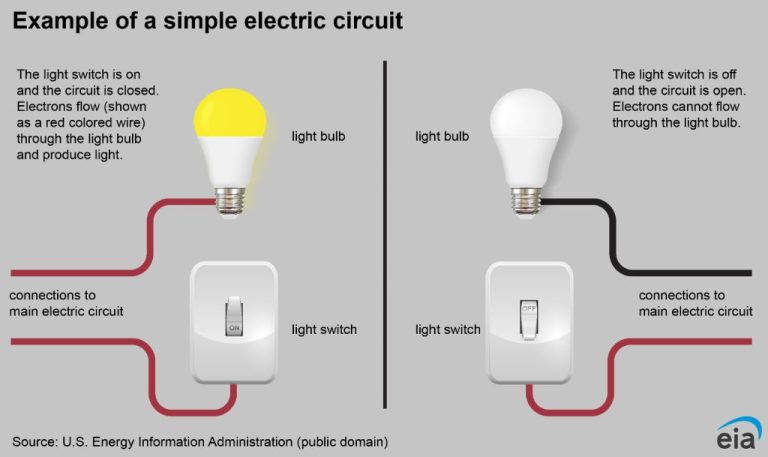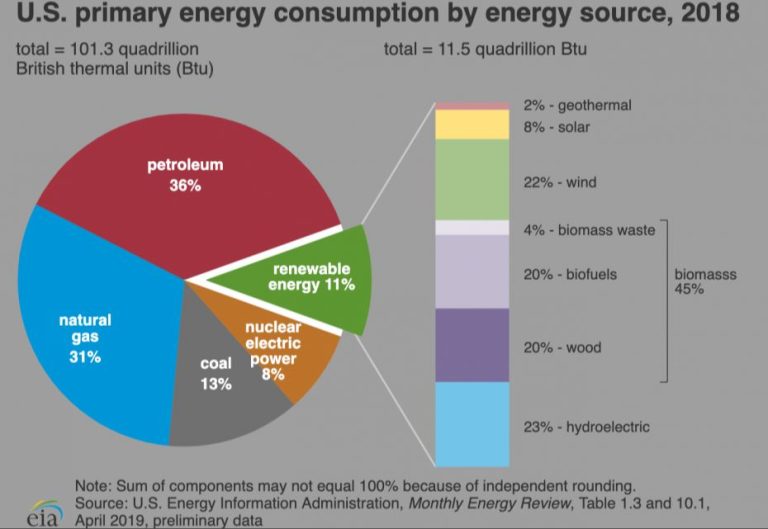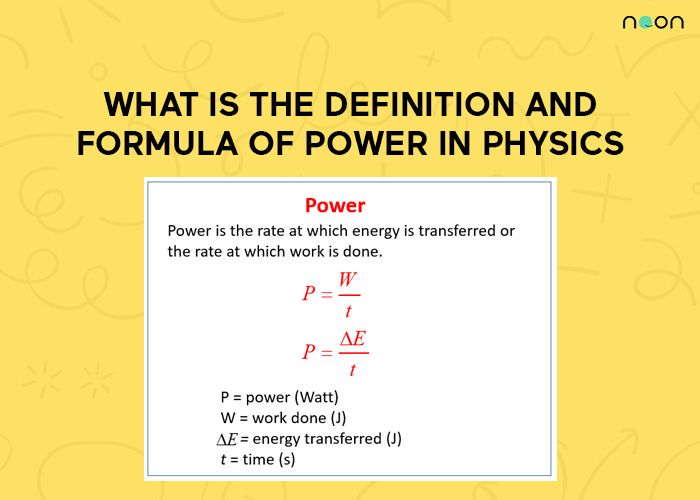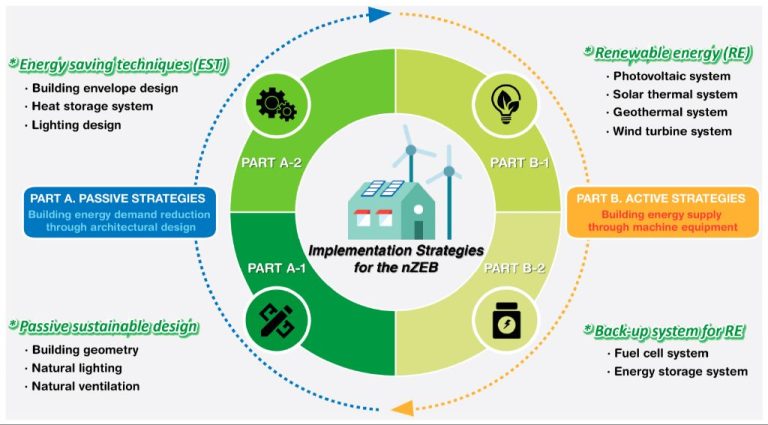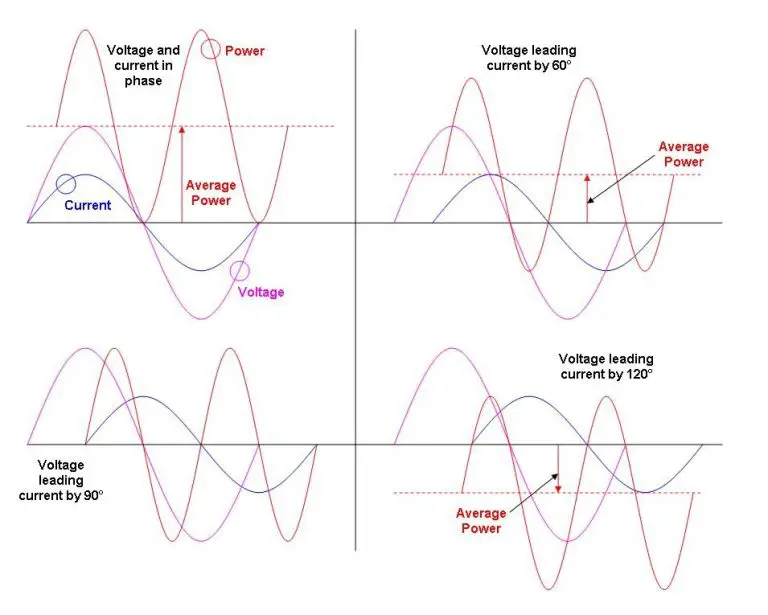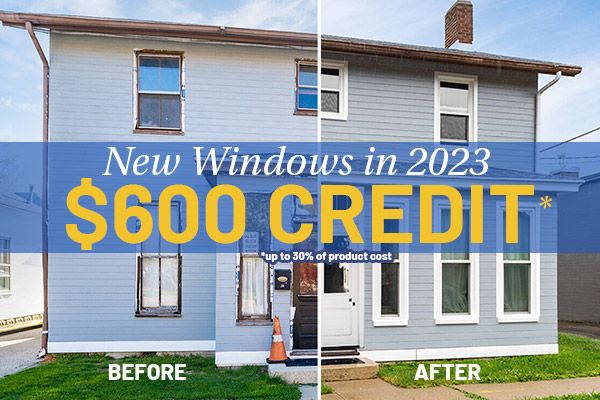What Is The Title 24 Building Standards?
Title 24 refers to California’s Building Energy Efficiency Standards, which regulate energy consumed in newly constructed buildings as well as additions and alterations to existing buildings in California (CA Building Standards Commission). The standards were established in 1978 in response to a legislative mandate to reduce California’s energy consumption. The California Energy Commission is responsible for adopting and updating the standards every three years.
The key requirements in Title 24 focus on conservation of energy, water, and material resources in newly constructed buildings as well as additions and alterations. The standards regulate building envelope, mechanical systems (HVAC and plumbing), and lighting to achieve energy efficiency and preserve natural resources. Compliance helps reduce air pollution and greenhouse gas emissions.
Energy Efficiency Requirements
Title 24 imposes several energy efficiency requirements for new construction and renovations in California. Some key aspects include:
Lighting – Title 24 mandates high efficacy lighting, controls, and limits on lighting power density. Buildings must install energy-efficient lighting such as LEDs and include features like occupancy sensors and daylighting controls.
HVAC – HVAC systems must meet minimum efficiency standards under Title 24. Requirements include properly sized equipment, duct sealing, and system controls. High efficiency HVAC options like variable refrigerant flow (VRF) systems may be required in some climate zones according to Title 24 consultants.
Building Envelope – The building envelope must meet requirements for insulation, windows, doors, air sealing, and other attributes that impact energy efficiency. Common requirements include cool roofs, R-30 ceiling insulation, and low-E windows.
Renewable Energy – New homes may need on-site solar photovoltaics or community-shared renewables to meet the solar electric generation requirement per Noritz. Nonresidential buildings also have solar and battery storage standards.
Water Efficiency Requirements
Title 24 includes several standards related to water efficiency and conservation in buildings. For indoor water use, it sets maximum flow rates for plumbing fixtures like toilets, urinals, faucets, and showerheads. For example, the standard allows a maximum of 1.28 gallons per flush for toilets. There are also limits on the flow rate for bathroom and kitchen faucets. [1]
For outdoor water use, Title 24 has requirements related to landscape design and irrigation systems. Buildings are required to reduce the amount of turf grass in landscaping and use water-efficient plant selections. Irrigation systems must be designed to avoid runoff and overspray and have measures like rain sensors, low-flow emitters, and separate zones for different water needs. There are also limits on the maximum applied water allowance based on climate and landscaped area size. [1]
By promoting water-efficient fixtures, appliances, and outdoor landscaping, these standards aim to reduce water use and waste in both residential and nonresidential buildings across California.
[1] https://ccag.ca.gov/wp-content/uploads/2014/12/RMCP-Packet-071614.pdf
Material Conservation Requirements
Title 24 includes requirements for using recycled and low-VOC (volatile organic compound) materials in construction to promote material conservation and improve indoor air quality.
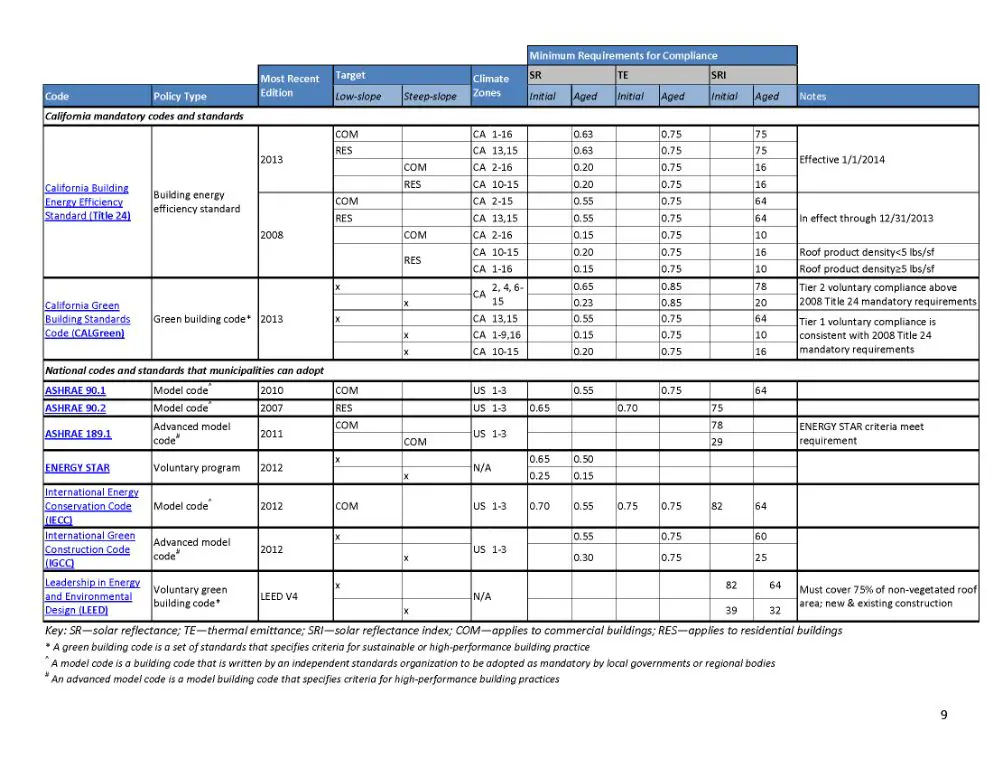
For recycled materials, Title 24 requires a minimum percentage of recycled content for certain building components like insulation, carpets, resilient flooring, and more. These minimums encourage the use of recycled materials to reduce extraction of virgin resources (1).
For low-VOC materials, Title 24 sets limits on the VOC content of adhesives, sealants, paints, coatings, carpet systems, and composite wood products used inside buildings. VOCs are chemical compounds that can negatively impact indoor air quality, so limiting their content in construction materials helps protect occupant health and comfort (2).
Compliance with the material conservation standards is verified through product testing and certification. Builders must use materials that meet the recycled content and low-VOC limits set by Title 24 (3). Adhering to these requirements promotes sustainability and green building practices in California’s built environment.
Sources:
(1) https://energycodeace.com/content/what-is-title-24-page
(2) https://www.energy.ca.gov/programs-and-topics/programs/building-energy-efficiency-standards
(3) https://www.dgs.ca.gov/DSA/Resources/Page-Content/Resources-List-Folder/Overview-Title-24-Building-Standards-Code
Site Development Requirements
Title 24 includes several requirements related to site development for new construction projects. These requirements aim to reduce the environmental impact of construction sites.
One key site development requirement pertains to stormwater drainage. Projects must implement low impact development (LID) strategies to capture stormwater runoff. Examples of LID strategies include rain gardens, permeable pavement, and infiltration beds. By retaining stormwater on-site, these methods prevent runoff pollution and reduce strain on storm drains.
Title 24 also seeks to limit light pollution from outdoor lighting fixtures. Requirements include using high-efficiency lighting, limiting unnecessary illumination, and controlling backlight, uplight, and glare. Adjusting lighting angles, using shielding, and choosing warmer color temperatures can reduce light pollution. This creates darker skies, cuts energy use, and minimizes disruption to wildlife environments.
Compliance with the site development requirements is verified through plan review, inspection, and commissioning. Failing to meet Title 24 site standards can result in denial of local permits and certificates of occupancy.
Responsible Agencies
There are several government agencies and organizations involved in developing, implementing, and enforcing the Title 24 building standards in California:
The California Energy Commission (CEC) is the state’s primary energy policy and planning agency. The CEC is responsible for adopting, implementing and updating the energy efficiency standards in Title 24 (https://www.energy.ca.gov/programs-and-topics/programs/building-energy-efficiency-standards).
Investor-owned utilities like PG&E, SCE, SDG&E, and SoCalGas help fund CEC’s development and maintenance of the standards. They also provide education, tools, and incentives to assist the building industry comply with Title 24.
At the local level, city and county building departments are responsible for enforcing the Title 24 standards during the building permit and construction inspection process (https://www.title24express.com/what-is-title-24/).
The California Division of the State Architect (DSA) is responsible for developing and maintaining the code standards for state-owned and leased buildings (https://www.dgs.ca.gov/DSA/Resources/Page-Content/Resources-List-Folder/Overview-Title-24-Building-Standards-Code).
Compliance Process
To comply with Title 24 building standards, building projects in California must go through a comprehensive compliance process that involves several key steps and requirements:
The process begins with submittals to the local building department. These submittals include plans, energy calculations, forms, and other documentation to show compliance with Title 24. According to the California Energy Commission, “The person who prepares the submittal and certifies compliance with the requirements of Title 24 is called the documentation author.” (Source)
During construction, there are required field inspections and diagnostic testing to verify that the building components, materials, and equipment meet the Title 24 requirements. HERS (Home Energy Rating System) Raters conduct many of these tests and inspections. Their role is to provide third-party verification that the energy features meet the Title 24 standards.
Once construction is complete, the final step is acceptance testing and approval. The HERS Raters and installing contractors conduct acceptance tests on the installed systems and features like air sealing, insulation, HVAC equipment, and lighting controls. All acceptance testing must be completed and approved before final occupancy permits can be granted.
Overall, the compliance process involves coordination between architects, contractors, HERS Raters, and the local building department officials to ensure the project satisfies all Title 24 requirements. Meeting the standards requires proper documentation, testing, and approvals at each stage of design and construction. (Source)
Recent Updates
California’s Title 24 building standards are updated every 3 years by the California Energy Commission (CEC) and the California Department of Housing and Community Development. The most significant changes have occurred in 2019, 2022, and 2023.
In 2019, new requirements focused on promoting solar photovoltaic systems and energy storage. All new single-family homes and multi-family buildings up to 3 stories were required to have solar panels starting in 2020. This was the first time energy storage systems like batteries were encouraged through an optional energy storage credit. See the CEC report for details: 2019 Building Energy Efficiency Standards.
The 2022 code updates targeted energy efficiency, electrification and electric vehicle charging infrastructure. Changes included requiring highly efficient air filters, electric vehicle charging capacity, and increased wall and attic insulation levels. Natural gas bans were introduced for certain spaces. Read more on the 2022 updates from the CEC: 2022 Building Energy Efficiency Standards.
In 2023, changes focus on decarbonization through electrification and infrastructure for electric vehicles and batteries. Heat pump technology is encouraged for space and water heating. More areas of homes will need to be “electric ready” to support future electric appliance and equipment upgrades. The 2023 standards also expand solar photovoltaic and battery storage standards. See the CEC’s 2023 draft outline: 2023 Building Energy Efficiency Standards.
Impact on Construction Industry
Title 24 building standards have significantly impacted the construction industry in California by increasing costs and affecting common building practices. According to The Impact of Title 24 | MEP Engineers Los Angeles, the stringent energy efficiency requirements in Title 24 have increased construction costs by over $50,000 for an average new home. Commercial buildings can see cost increases up to 5-10% of total construction costs due to Title 24 compliance.
Buildings must now be designed to minimize energy consumption through high efficiency insulation, windows, lighting, HVAC systems, and other techniques. Common building practices have changed to accommodate these requirements, such as constructing airtight building envelopes and installing energy recovery ventilation systems. Projects must also comply with on-site solar generation, EV charging, and water efficiency mandates. According to The Ins and Outs of Title 24: What You Need to Know as a …, the complex process of demonstrating Title 24 compliance has made construction more administratively burdensome.
Future Outlook
Title 24 standards are continuing to move in the direction of increased energy efficiency and reduced greenhouse gas emissions in buildings. The most recent 2022 standards went into effect on January 1, 2022 and aim to reduce energy use in residential buildings by 7% and 30% for non-residential buildings compared to the previous 2020 standards (California Energy Commission, 2022). The next update for the 2025 standards is already underway, with a goal of achieving a 40-52% reduction in energy use compared to current standards (California Energy Commission, 2025).
Looking even further ahead, the state has set ambitious goals for new residential construction to be net-zero energy by 2030. This means new homes must produce as much renewable energy onsite, over the course of a year, as they consume. For commercial buildings, the goal is net-zero energy by 2050 (Department of General Services, 2022). Achieving these targets will require significant increases in energy efficiency through the Title 24 standards, as well as greater adoption of onsite solar photovoltaics and batteries.
As California continues to push for reduced carbon emissions from the building sector, Title 24 will remain the state’s primary regulatory mechanism for driving energy efficiency in newly constructed and renovated buildings. The standards are expected to progressively ratchet up energy and water savings requirements, expand electric-readiness mandates, and promote smart technologies and strategies to get us closer to the state’s net zero goals.

